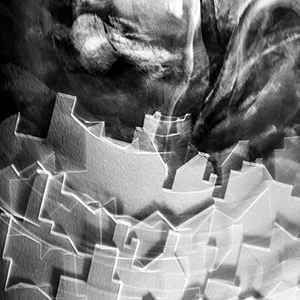Metropolis
More than half of the world's population now lives in cities, a migration trend that continues.
Urbanization accelerated at the start of the Industrial Revolution. This trend has led to social, economic, and psychological consequences in modern life, not all of them positive. Progress often brings dehumanizing effects, including emotional detachment, increased income inequality, a breakdown of traditional societal values, and a dwindling sense of well-being.
Over the last fifty years, we have found ourselves living through a modern industrial revolution, fueled by the transition from analog to digital technologies. The focus has been on advances in areas such as artificial intelligence, robotics, bioengineering, nanotechnology, all of which will have their own impacts on society and individuals.
A variety of early 20th-century art movements developed as responses to the deep challenges caused by 19th-century urbanization. Some lauded this new world, and others were more cautionary. Artists participating in movements such as Futurism, Cubism, Precisionism and the Bauhaus often used cityscapes and architecture as metaphors for the consequences on modern life of urbanization, technology, and automation.
Metropolis, a title borrowed from the 1927 Fritz Lang film about a futuristic utopian city, is my personal musing on urbanization and its effects. My intentional use of styles associated with the art movements of a century ago points to the fact that, while the specifics of today's world are new, the underlying challenges remain the same.
Situated in the realm of fantasy, these unpopulated cityscapes distort time and space through repetition of form and the tension between movement and the stasis of buildings. All act as symbols for the disorientation and alienation found in modern societies.
